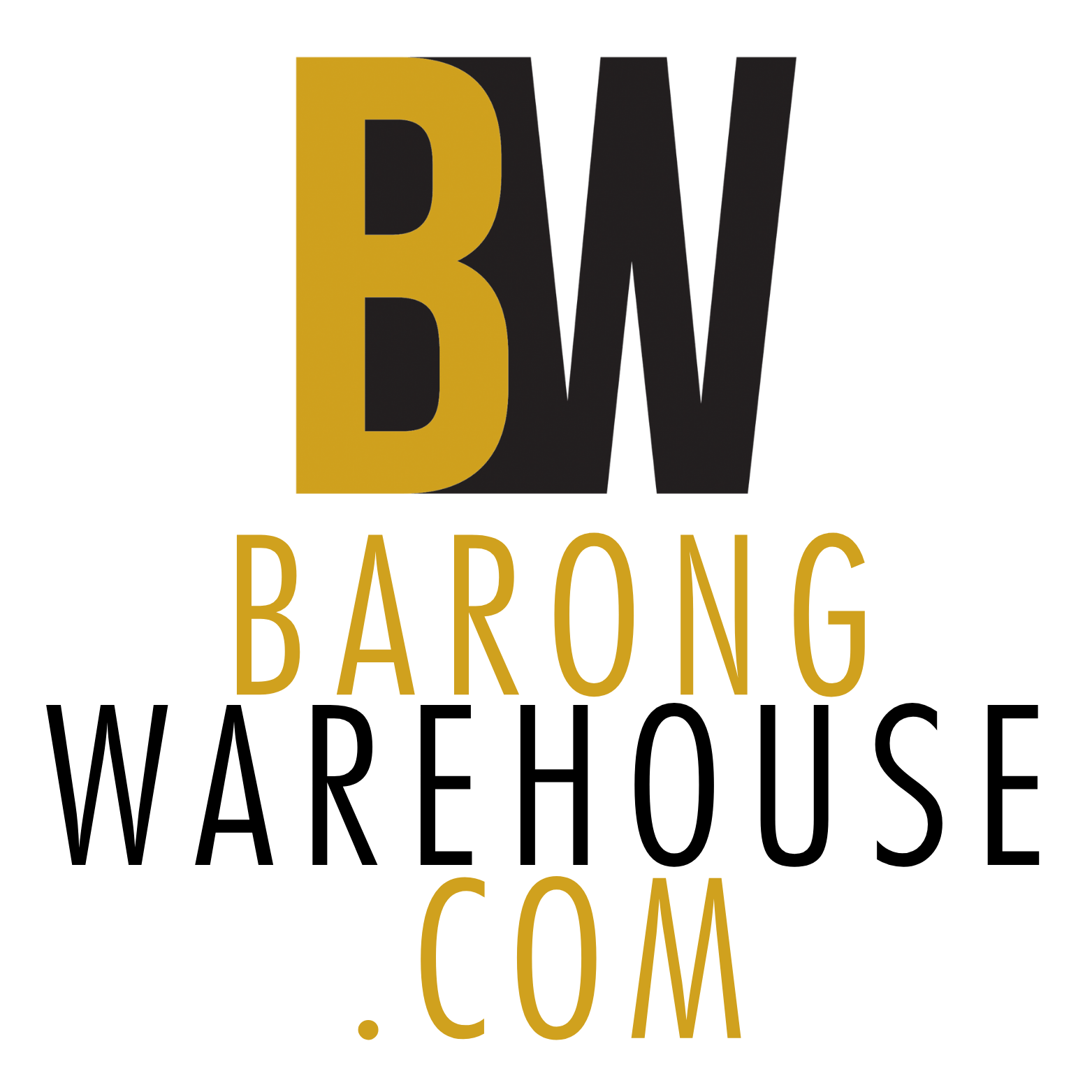
The barong tagalog is of great importance to the Filipino identity today. With such a diverse past, the garment is one of the Philippine population’s distinct characteristics.
The Republic of the Philippines wasn’t always named after a Spanish king. There was a time when people called the archipelago Las Islas de los Pintados, Ma-i, the proposed Luzviminda, and even many more names throughout history.
Before the Americans and the Japanese in the 20th century and the Spaniards in the 16th century, Muslims reigned over the Philippine Islands. And before them, an Indianized kingdom held sway in the 10th century. Today, the country is independent of foreign rule, but it still has yet to understand its true identity.

Unfortunately, globalization does not help matters at all. Local Filipino teenagers grow up listening to international top 40 hits. This is not just because of the internet but because all over local TV, most of the “artistas” and many bands outside of TV are mostly singing international cover songs as well. Filipinos abroad have TFC and other Pinoy channels broadcasting from the motherland, but it is still mostly a barrage of Western-influenced entertainment.
In turn, the younger generation dresses exactly the same as European kids, especially with international fast-fashion brands all over the malls in the Philippines.
Culture purists do exist, but they are small academic circles or subcultures that are too underground—or mountain villagers who are too far away from modern urban life—to have any influence on the majority of the Filipino diaspora.
So who are the true Filipinos? Are they those born in the Philippines? Are they those with Filipino ancestry? Are they the natives still living in huts in the provinces? Are they the city dwellers pushing the country toward development and progress? Are they the Overseas Filipino Workers who brave loneliness and backbreaking work in other countries? Are they the masses still immersed in poverty? Are they the army of call-center agents patiently hearing out the world’s complaints? Perhaps they are all of the above.

One thing all of these groups might agree on is that Filipinos traditionally wear the barong tagalog.
In an age of identity confusion and foreign culture saturation, the barong tagalog stands proud as something uniquely Filipino. Along with the jeepney and the stick-fighting discipline of arnis, it truly shows the spirit of the Pinoy: making something from nothing.
The barong, as it is commonly known today, is rumored to have evolved from the Spanish colonial insistence that Filipinos wear see-through material so they could not conceal any weapons. The garment’s untucked look perhaps even indicated a lower-class standing.
But today, the country’s businessmen, leaders, formal-event attendees, the majority of Filipinos, and even quirky non-Filipinos proudly wear this uniquely Pinoy staple of culture.

With distinct local fibers and artisan detailing, the barong tagalog is still very reminiscent of Filipino forefathers before globalization and K-pop teledramas. Hand embroidery, hand painting, hand weaving, and native fabrics such as piña are still in use today.
In fact, the style of the barong has seen little change since President Ferdinand Marcos declared it the national attire in 1975. It still has its traditional sports or Chinese collar. It still has the special side slits at the bottom and people still mostly wear it untucked with a camisa de chino used as an undershirt.
Modern designers have also given it new life with contemporary cuts and unique details, but anyone who knows what it is can spot a barong from across the room.
Maybe being Filipino today is not only about speaking one of the many native tongues, or even having Filipino blood, whatever that is. Maybe it’s about learning about your roots but at the same time embracing the Filipino mixed community now—wherever you reside in this world.

And maybe when your community has its yearly fiesta, you can wear a barong tagalog. Just don’t do what some Filipinos do at buffets and conceal a lechón or pancit underneath your barong to take home—because people will see what you’re hiding.
You can purchase your barong tagalog at a great price at Barong Warehouse.


Share:
Get to Know Barong Tagalog Fabrics – Organza, Jusi, Pina, and More
Traditional Filipino Clothing Glossary - What is Barong Tagalog, Filipiniana, atbp.